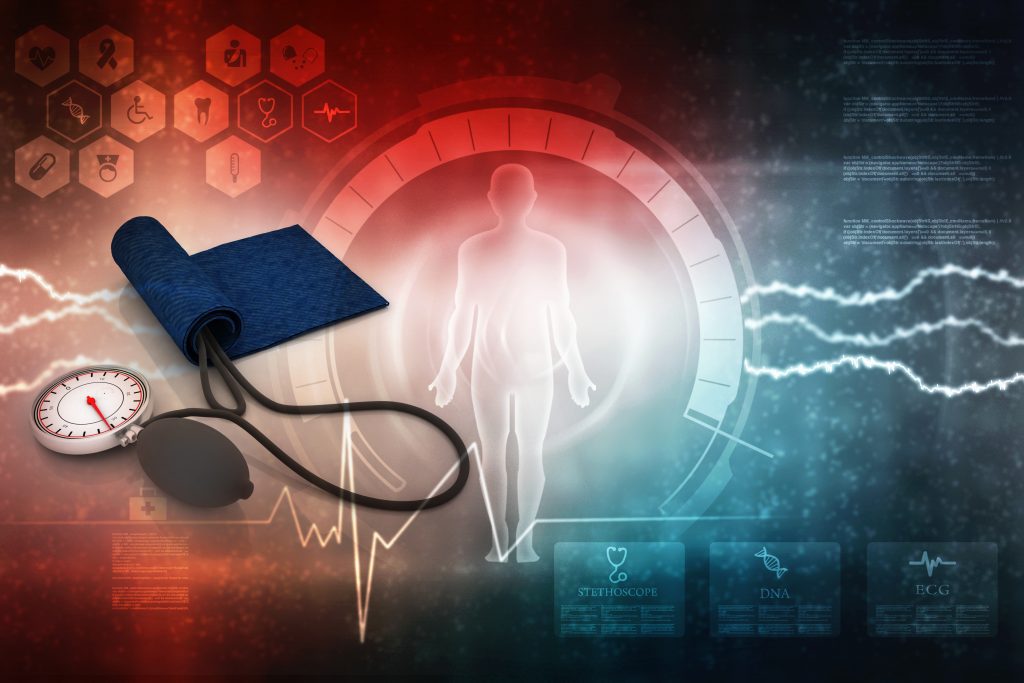
In the month of October is filled with scary stories and movies, and maybe one of the scariest thoughts of all is that of a silent killer: one that strikes seemingly with or warning or indication. Outside of the realm of horror movies and novels, high blood pressure is known as the silent killer because it has no obvious symptoms, and many people who have high blood pressure don’t even know they have it. Unfortunately, close to 500,000 Americans die from high blood pressure related illnesses each year making this silent killer is very real and all too common. While heart disease is still the number one cause of death in the United States, death rates have decreased over the years. This is due in part to the early identification of high blood pressure and the treatment that follows.
One of the most unsettling facts of high blood pressure is that, in most cases, there are no obvious symptoms until after the damage has already been done to the heart and arteries. What’s even more unsettling is that nearly 20% of people who have high blood pressure are not aware of it, and don’t even know that they have an increased risk of stroke, heart attack, heart failure, and kidney disease. The only way to truly know if you have high blood pressure is by having a healthcare professional take your blood pressure for you. Since most doctors take a blood pressure reading at each appointment, it’s important for you to see your doctor on a regular basis.
Understanding your blood pressure is one of the first steps of many that you can take to help manage high blood pressure. When you get your blood pressure read, the findings are recorded as a ratio between two numbers. The top number known as the systolic pressure represents the force of blood when your heartbeats, and the bottom number, called diastolic pressure, represents the force of blood against artery walls when your heart is at rest. A normal blood pressure reading is under 120/80. Any reading that falls higher than 120/80 all the way up to 139/89 is regarded as prehypertension and should be taken as a warning sign for hypertension. Hypertension occurs when a blood pressure reading is 140/90 and above.
If your blood pressure reading is higher than normal, different treatments may become necessary. Typically, lifestyle changes are the first course of action when it comes to lowering high blood pressure. Living a cleaner lifestyle, including a healthier diet and regular exercise can help manage high blood pressure. It’s also recommended to stop smoking, manage stress, and to limit sodium and alcohol. In some cases, medications such as beta-blockers and diuretics can be used to treat hypertension.
When it comes to “the silent killer,” it’s obvious to see why we’ve always been taught to stay up to date with doctors appointments. Even if you feel fine, there could be possible heart and kidney problems caused by high blood pressure that you don’t even realize. Stay ahead of high blood pressure complications by living an active, healthy lifestyle, and by getting your blood pressure read on a regular basis.
Make an Appointment
The staff at Durham Nephrology Associates are dedicated to providing quality care to patients in Durham and Oxford with kidney disease and high blood pressure. To contact us, request an appointment, or call us directly at (919) 447-3005.
